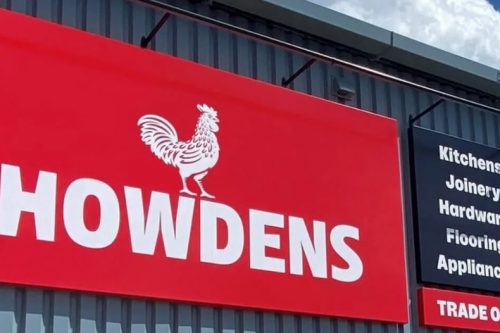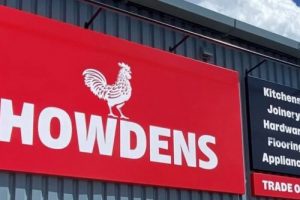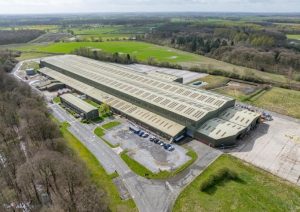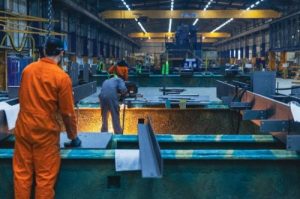Pent-up demand cooks up a strong performance for kitchen manufacturer

Kitchen supplier Howden Joinery Group says it now expects its FY2021 pre-tax profits to be almost double those of 2020 and significantly ahead of its pre-pandemic figures of 2019.
The business, which has a factory in East Yorkshire and depots across the region said in a trading update for the period 13 June 2021 to 30 October 2021 that is expects pre-tax profits to be at the top end of the current forecasts of £298m to £360m, attributing this to “exceptionally strong” recent trading.
This marks a return to the manufacturers pre-pandemic growth trajectory which saw it record pre-tax profits in 2019 of £261m up from £232m two years earlier. In 2020 the business recorded a dip in profits to £185m, but noted they were pleased with progress during a “very challenging year”
Howden Joinery Group said its strong results for the first half benefited significantly from pent-up demand from the lockdown effects of 2020 and people working from home wishing to spend more on their properties.
Adding it was also able to reap the rewards of having market leading product availability, compared with shortages experienced elsewhere in the market.
It noted that these factors have continued into the second half, resulting in strong sales and profits.
Howdens UK depots’ total revenue for Periods 7 to 11 increased by 20.8% and by 19.2% on a same depot basis, on Periods 7 to 11 in 2020.
Compared with 2019, Howdens UK depots’ total revenue for Periods 7 to 11 increased by 35.7% and by 30.5% on a same depot basis.
For the year to date (Periods 1 to 11), total UK revenue was 37.7% higher than 2020, and 28.3% above 2019.
The company’s trading update adds: “The Board remains confident in our business model for the future but anticipates returning to a more normalised trading pattern and performance in 2022, which will make the comparators from 2021 challenging.
“We remain watchful of the uncertainties ahead, including the economic outlook and the potential impacts from ongoing disruption to global supply chains and cost inflation upon our business.”







